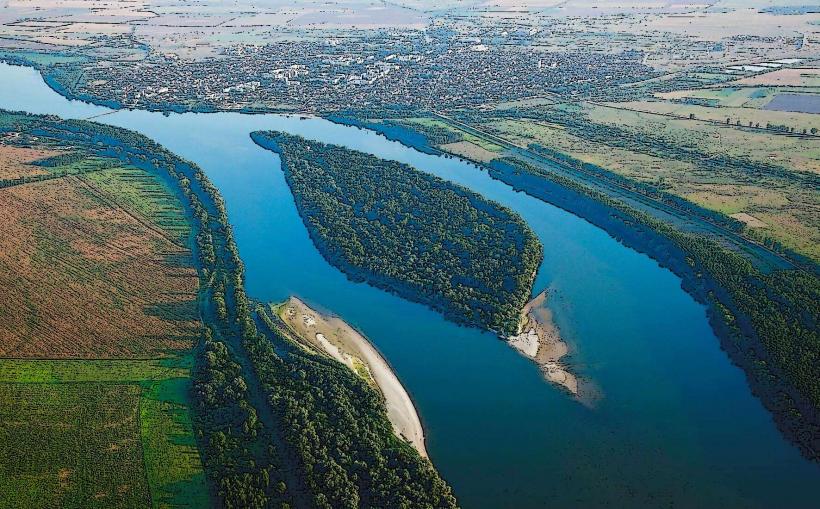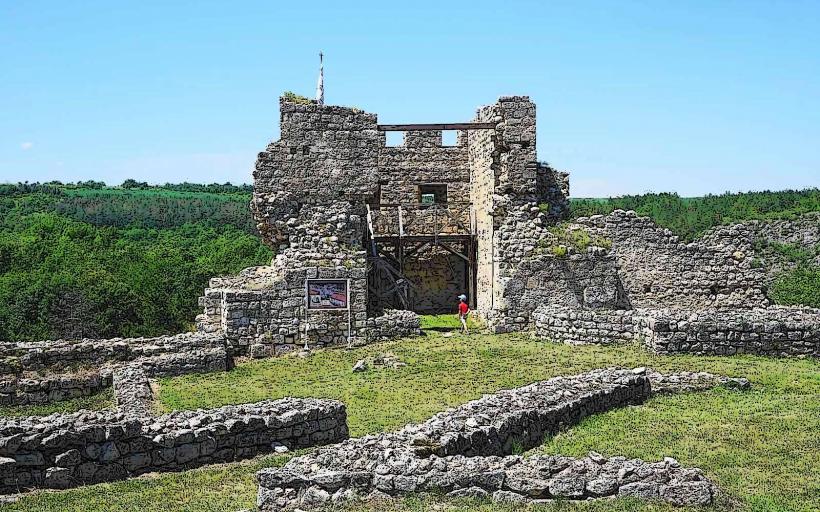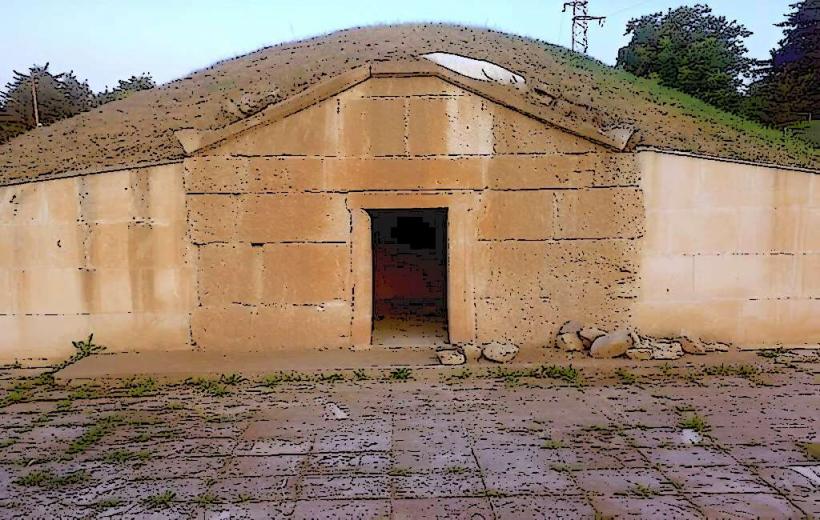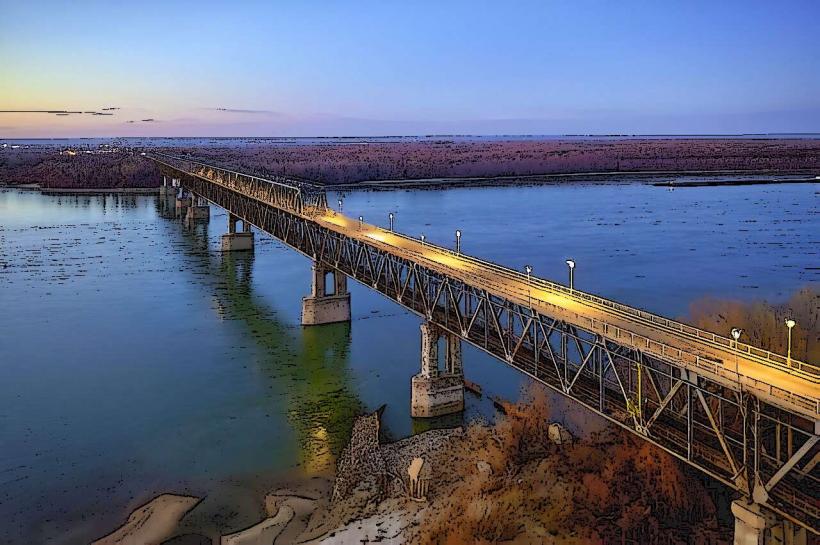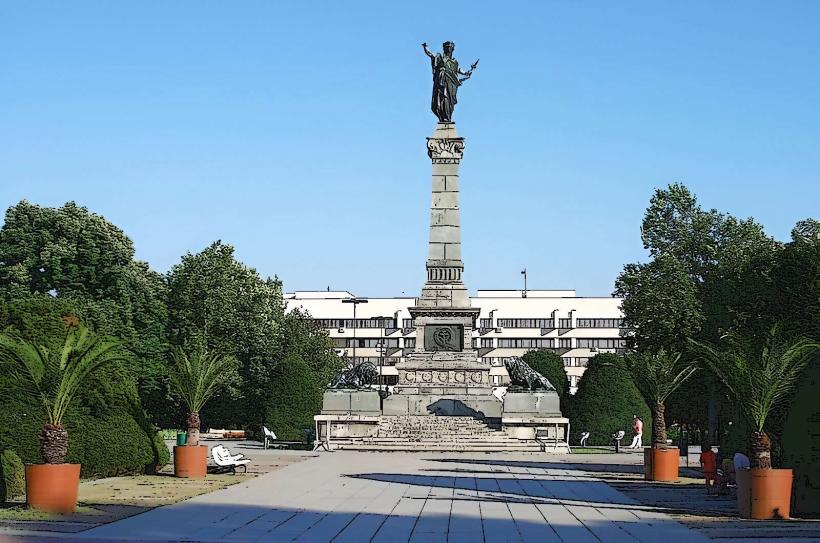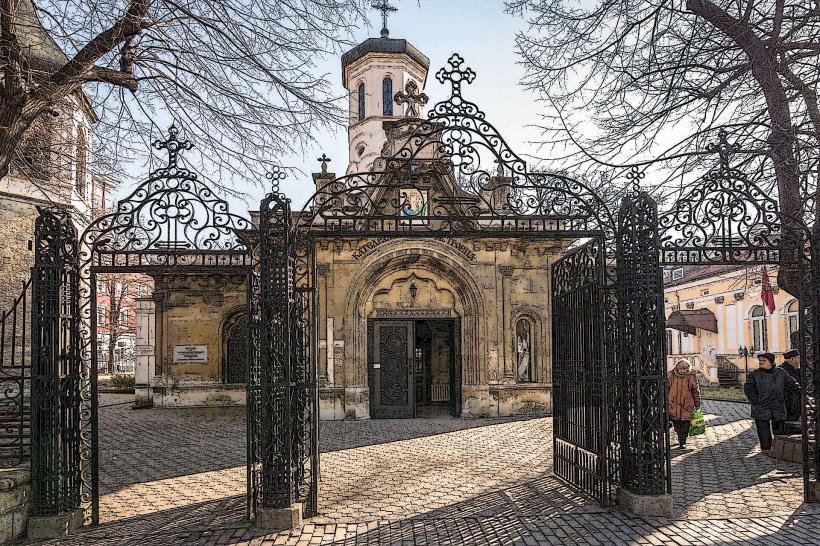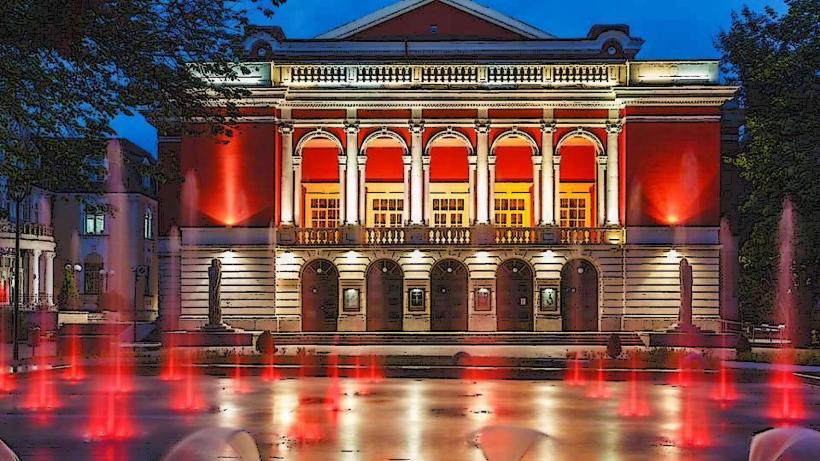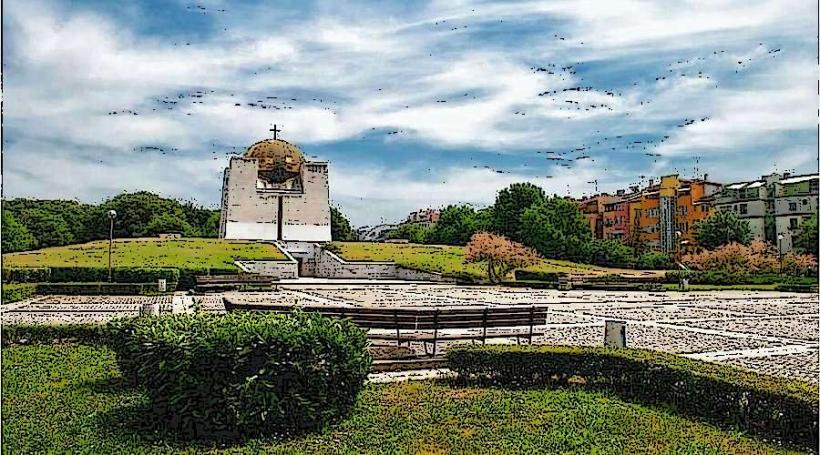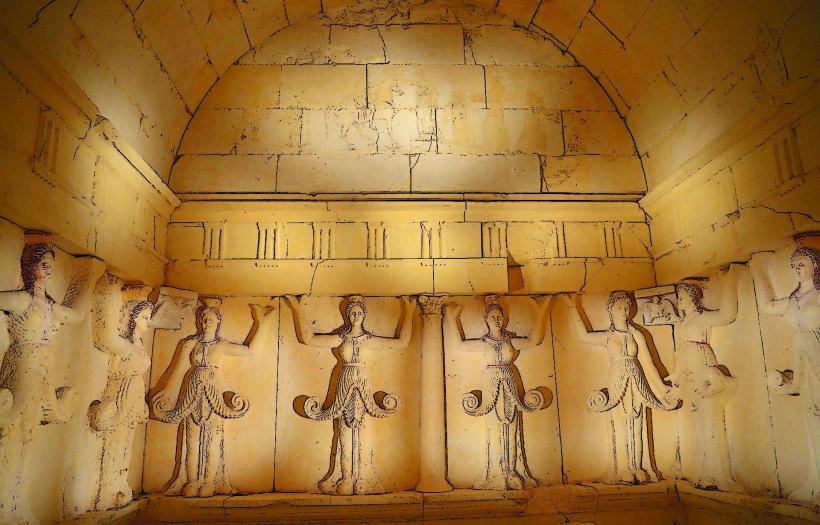Information
Landmark: Rock-hewn Churches of IvanovoCity: Ruse
Country: Bulgaria
Continent: Europe
The Rock-Hewn Churches of Ivanovo are a unique UNESCO World Heritage Site located near the village of Ivanovo, approximately 20 kilometers from Ruse, Bulgaria. This complex of medieval rock-hewn chapels, monasteries, and cells is carved into the cliffs along the Rusenski Lom River, offering a remarkable combination of natural and human-made beauty.
Key Features:
Historical Background:
- These churches date back to the 12th–14th centuries and were established during the Second Bulgarian Empire.
- They were used by Orthodox Christian monks, who created a monastic complex of over 40 churches and numerous chapels and hermitages.
Architecture:
- The churches are carved directly into limestone cliffs, showcasing incredible craftsmanship and ingenuity.
- Each structure is connected by a network of paths and stairways along the cliff face.
Frescoes:
- The site is renowned for its well-preserved medieval frescoes, which represent some of the finest examples of Bulgarian religious art.
- These paintings depict scenes from the Bible, portraits of saints, and other religious motifs, reflecting a mix of Byzantine and local artistic styles.
Notable Churches:
- St. Mary Church: The most famous part of the complex, notable for its exceptional frescoes.
- Several smaller chapels and hermitages, each with unique carvings and artwork.
Significance:
- The Rock-Hewn Churches of Ivanovo provide insights into the spiritual life and artistry of medieval Bulgaria.
- They are significant for their cultural, artistic, and historical value, offering a window into the Byzantine and Bulgarian artistic traditions.
Visiting Information:
- The site is open to visitors and offers stunning views of the surrounding landscape, which is part of the Rusenski Lom Nature Park.
- Visitors can explore the caves, enjoy the frescoes, and hike along the scenic trails in the area.
For further exploration, consider guided tours to fully appreciate the historical and artistic context of the site.

